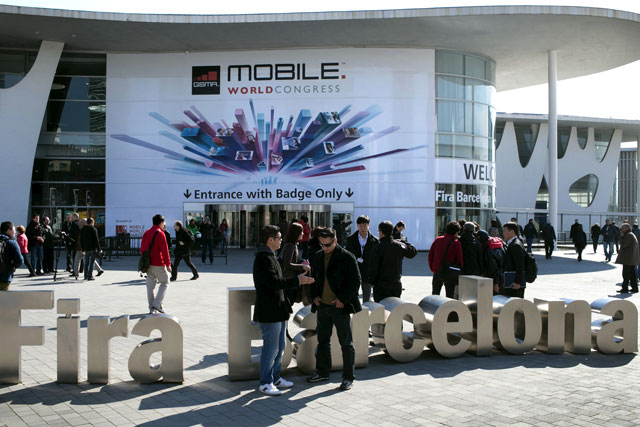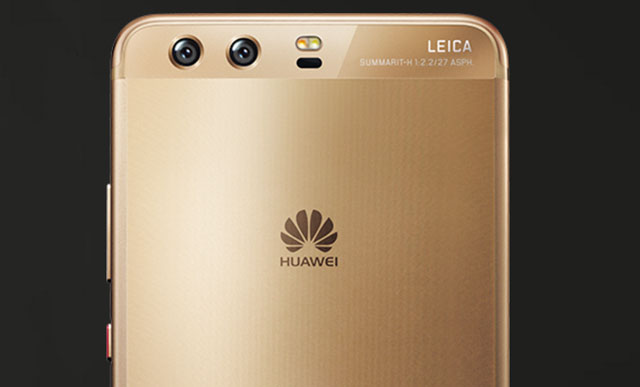
Phone makers Huawei Technologies and LG Electronics are battling to steal the show at this year’s Mobile World Congress in Barcelona, rushing to fill the void in the absence of handset leaders Samsung Electronics and Apple.
A day before the industry’s biggest conference officially starts on Monday, LG hosted an event to show off its new G6 smartphone with an edge-to-edge display — no plastic or metal bezel around it.
Huawei updated its flagship line, introducing the P10 phone with Leica camera technology and curved edges.
With Apple skipping MWC as it did in previous years and Samsung keeping a low profile on phones to focus instead on tablets, Europe’s technology mecca is a prime stage for smaller handset makers as they seek to become household names with consumers away from home.
The likes of Huawei and LG over the past years have gone from low-cost, basic phones to products that rival the features of Samsung’s Galaxy or Apple’s iPhone at cheaper prices.
“As the two leading players continue to battle for the top spot, several Chinese vendors have solidified their position as valid contenders,” Anthony Scarsella, a research manager at International Data Corp, said in a report this month. “They will need to find growth beyond their home turf to eventually knock off either Samsung or Apple at the top.”
While Samsung and Apple continued to dominate global smartphone sales last year — with market shares of about 21% of shipments for the Korean company and almost 15% for its Cupertino, California-based rival — they both lost ground to China’s Huawei, Oppo and Vivo, IDC’s report showed.
Samsung’s reputation among US consumers crumbled after the Galaxy Note7’s recall and eventual abolition unearthed flaws in the Korean company’s product safeguards, according to a report published earlier this month.

The South Korean giant has presented its newest flagship smartphone at or just ahead of the Barcelona event for several consecutive years, though not this time around.
Meanwhile, expectations that the next iPhone will drive a resurgence in sales have been boosting Apple shares this month. Still, the latest available model, the iPhone 7, failed to convince as many existing customers to upgrade as its predecessor did.
Huawei, which has vowed to displace Apple and Samsung from the top of the global smartphone rankings in five years, aiming for market share of 25% globally, reached double-digit share of smartphone shipments for the first time in the fourth quarter of last year, at 10,6% of a total of 428,5m units, according to data by IDC.
For Asian manufacturers, Europe is a good place to start before targeting the US, and that may be increasingly true amid President Donald Trump’s “America First” rhetoric.
Cheaper phones have done well in countries like Spain, where mobile subscriptions are sold without a handset subsidy. In places like Italy, subsidies are still a core part of carrier strategies, but there are also consumers who buy prepaid packages — and with them phones that aren’t as expensive upfront. — (c) 2017 Bloomberg LP




